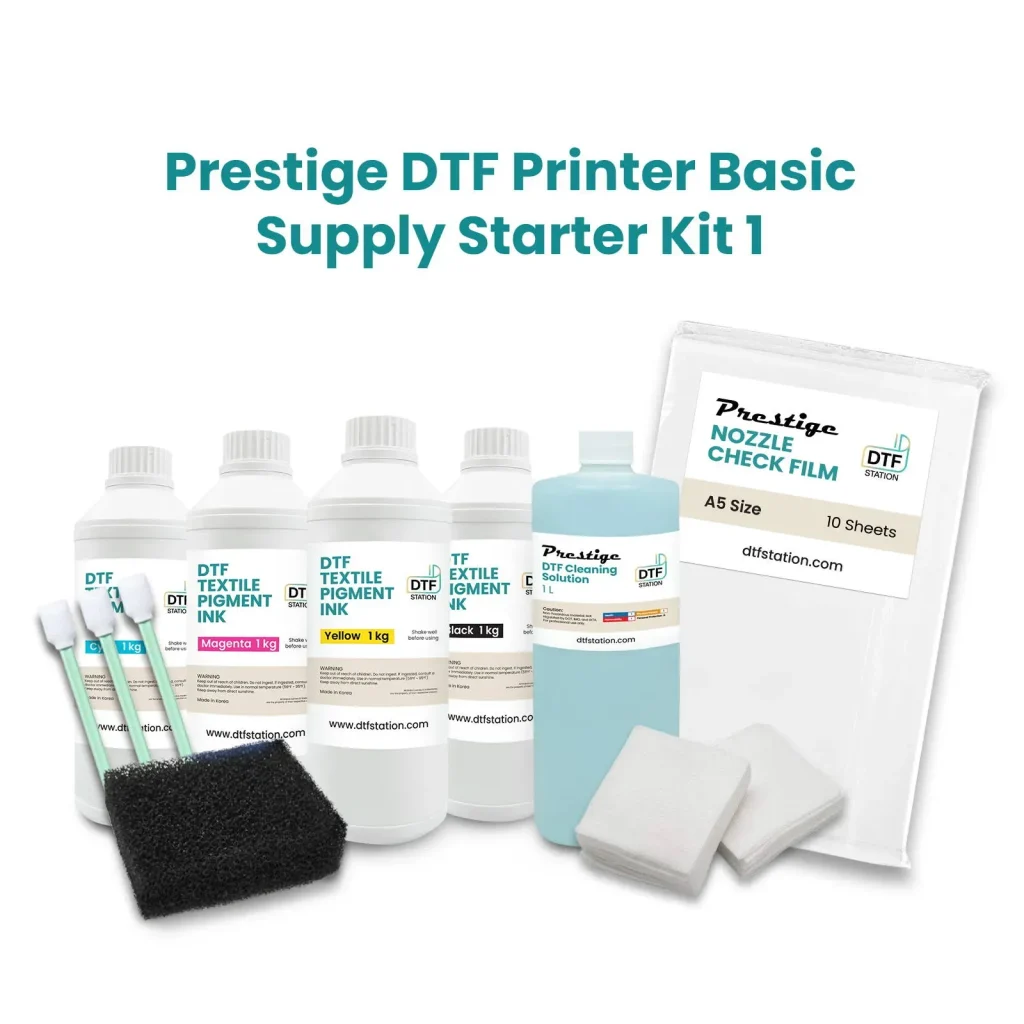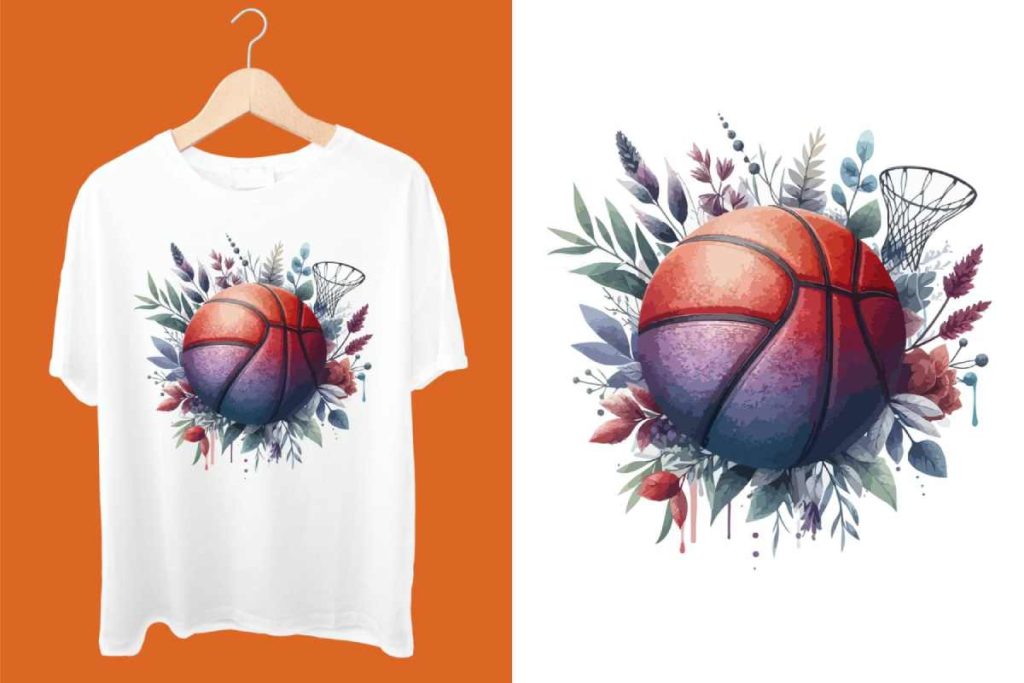DTF supplies are revolutionizing the way we approach garment printing, making it easier than ever to produce high-quality, vibrant designs. As Direct-to-Film (DTF) printing gains popularity among businesses and hobbyists alike, understanding the essential components required is key to optimizing this innovative process. From advanced DTF printers to specialized transfer films and adhesive powders, each supply plays a critical role in ensuring successful prints. This sustainable printing technique not only enhances creativity but also offers an eco-friendly alternative to traditional methods, minimizing waste in textile production. Join us as we delve deeper into the must-have supplies for DTF printing and uncover how to elevate your printing projects to new heights.
In the realm of garment decoration, Direct-to-Film (DTF) technology has emerged as an exciting alternative to conventional methods. Often referred to as DTF printing, this unique process allows intricate designs to be transferred onto various fabrics using innovative materials. Essential tools, such as DTF printers and specialized films, enable users to achieve vibrant results that adhere firmly to textile surfaces. With its focus on sustainable printing practices and environmentally friendly approaches, DTF printing not only meets the demands of modern consumers but also paves the way for a more responsible industry. This guide will explore the core supplies required for successful DTF printing and share insights into maximizing your creative potential.
What is DTF Printing?
Direct-to-Film (DTF) printing is a cutting-edge technology that revolutionizes the garment printing industry. This method involves applying a printed design directly onto specially coated films before transferring it onto fabrics. Unlike traditional techniques, DTF printing excels in producing vibrant and detailed graphics on a variety of material types, including cotton, polyester, and blends. The versatility of DTF printing makes it a preferred choice for professionals seeking high-quality results in their apparel designs.
In addition to its capability for intricate prints, DTF printing is noteworthy for its sustainable advantages. The process minimizes waste associated with traditional printing methods, contributing to eco-friendly practices within the industry. By utilizing water-based inks and requiring fewer resources, DTF aligns with the growing demand for sustainable printing solutions, making it appealing to environmentally conscious consumers and businesses alike.
Key DTF Supplies You Need for Success
To embark on your DTF printing journey, it’s essential to gather the right supplies that will ensure quality results. First and foremost, a DTF printer is critical; options like the LOKLiK iPrinter DTF-A3-XP600 provide excellent performance and come with necessary accessories to get you started smoothly. You also need specialized DTF inks designed to work with your printer, which are crucial for achieving vibrant color outputs and durability that withstands washing.
Another indispensable supply is transfer films, which serve as the base onto which your designs are printed before they reach the fabric. Choosing high-quality transfer films improves adhesion and overall quality, enhancing the end product. Additionally, adhesive powder, heat presses, and clean-up supplies form the backbone of a well-equipped DTF workspace, ensuring that your printing process remains efficient and effective.
The Importance of DTF Films in the Printing Process
DTF films play a crucial role in the Direct-to-Film printing process, acting as the intermediary between your design and the fabric. The right type of DTF film not only impacts print quality but also influences the durability of the final product. When selecting films, it’s important to consider factors such as coating compatibility with inks and temperature resistance during the heat transfer phase. Quality films can significantly enhance the vibrancy and detail of prints, making them a vital component of DTF supplies.
Moreover, advancements in DTF films are making eco-friendly options available, aligning with the sustainability goals of modern printing practices. These new films often utilize biodegradable or recyclable materials, thereby reducing the environmental footprint of printed garments. By investing in high-quality and sustainable DTF films, businesses can not only improve their product offerings but also appeal to environmentally-conscious customers.
Exploring Innovations in DTF Supplies
The landscape of DTF printing supplies is rapidly evolving, with innovative products entering the market regularly. Companies are focusing on developing more environmentally friendly materials, such as eco-conscious inks and films that minimize waste. Recent breakthroughs in adhesive powders have also made the transfer process more efficient and cost-effective, providing better results with less material usage. Staying current with these advancements allows businesses to improve the quality of their prints while aligning with sustainable printing practices.
Trade shows and expos like the Fespa Global Print Expo highlight these innovations, showcasing the latest technologies in the DTF printing sector. As manufacturers launch new printers and materials designed to enhance the DTF process, users should keep an eye on these developments to stay competitive and informed about the best practices in their printing endeavors. Engaging with the latest products not only ensures top-quality outcomes but also showcases a commitment to adapting in a fast-paced industry.
Tips for Optimal DTF Printing
To maximize the impact of your DTF printing, implementing best practices is essential. One critical tip is to choose the right materials based on compatibility with DTF printing methods. Fabrics that are too stretchy or untreated may not yield the best results. Conducting test prints on various materials can help identify which combinations produce optimal quality and durability.
In addition, maintaining your printer and DTF supplies is vital for longevity and performance. Schedule regular cleanings and checks to prevent clogs and ensure consistent results. It’s also essential to stay informed about the latest tools and trends in DTF printing, as this promises to enhance your skillset and product offerings. By continuously learning and adapting, you position yourself to thrive in the DTF market.
Conclusion: The Future of DTF Printing
As the world of DTF printing continues to expand, its commitment to quality and sustainability positions it as a leader in the garment printing industry. By investing in high-quality DTF supplies and keeping abreast of innovations, printers can create unique, vibrant designs while reducing their environmental impact. This alignment with consumer values not only boosts brand reputation but also fosters customer loyalty.
Looking ahead, the integration of advanced technologies in DTF printing promises even greater capabilities, and staying engaged in this evolving field is crucial. Whether as a small business or a passionate crafter, embracing DTF printing opens up vast opportunities for creativity and innovation in textile arts.
Frequently Asked Questions
What are the essential DTF supplies for Direct-to-Film printing?
To successfully engage in Direct-to-Film (DTF) printing, you’ll need several key supplies: a high-quality DTF printer, specialized DTF inks, high-grade transfer films, adhesive powder, a reliable heat press machine, and cleaning supplies. These items are crucial for achieving vibrant, durable prints on various textiles.
How do I choose the right DTF printer for my needs?
When selecting a DTF printer, consider factors such as print resolution, compatibility with DTF inks, and the capacity to handle your production volume. Recent models and innovations, like the LOKLiK iPrinter DTF-A3-XP600, often include bundled supplies that facilitate entry into DTF printing.
What is the importance of DTF transfer films in the printing process?
DTF transfer films play a pivotal role in Direct-to-Film printing as they serve as the medium on which designs are printed before transferring them to fabric. High-quality films ensure excellent adhesion and vibrant color reproduction, making them essential for successful DTF operations.
Can DTF printing be considered a sustainable printing option?
Yes, DTF printing is recognized for its eco-friendly benefits. By minimizing waste during production and using high-quality materials, DTF supplies help promote sustainable practices in the apparel industry, supporting a shift towards more environmentally conscious printing methods.
What maintenance is needed for DTF supplies?
Proper maintenance of DTF supplies involves regular cleaning of the DTF printer, managing ink levels, and ensuring that transfer films and adhesive powders are stored correctly. Keeping your equipment in optimal condition is key to achieving consistent and high-quality prints.
What recent innovations are shaping the DTF printing supplies industry?
Recent innovations in the DTF supplies industry include advancements in eco-friendly materials, enhancements in printing technology, and the introduction of new DTF printers designed for greater efficiency and quality. Companies are increasingly focused on blending sustainable practices with high-quality output, making DTF printing an exciting area of growth.
| Category | Key Points |
|---|---|
| Understanding DTF Printing | DTF printing transfers colorful images onto textiles, enhancing print quality while minimizing waste in garment production. |
| Essential Supplies | Key supplies include DTF printers, specialized inks, high-quality transfer films, adhesive powder, heat presses, and clean-up supplies. |
| Recent Innovations | The market is seeing eco-friendly practices, significant investments, and new product launches, showcasing rapid advancements. |
| Tips for Success | Choose the right materials, conduct test prints, maintain equipment, and stay updated with industry trends for optimal printing results. |
Summary
DTF supplies are essential for anyone looking to venture into the world of Direct-to-Film printing, a groundbreaking technique that ensures vibrant and long-lasting designs on textiles. The effectiveness of DTF printing hinges on selecting the right combination of supplies, including high-quality printers, specialized inks, and transfer films. As technological advancements continue to transform this market, businesses and crafters can capitalize on the latest innovations and eco-friendly practices to enhance their production processes. By embracing the comprehensive guidelines and essential tips outlined in this guide, individuals can not only excel in their artistry but also contribute to a more sustainable future in garment printing.



